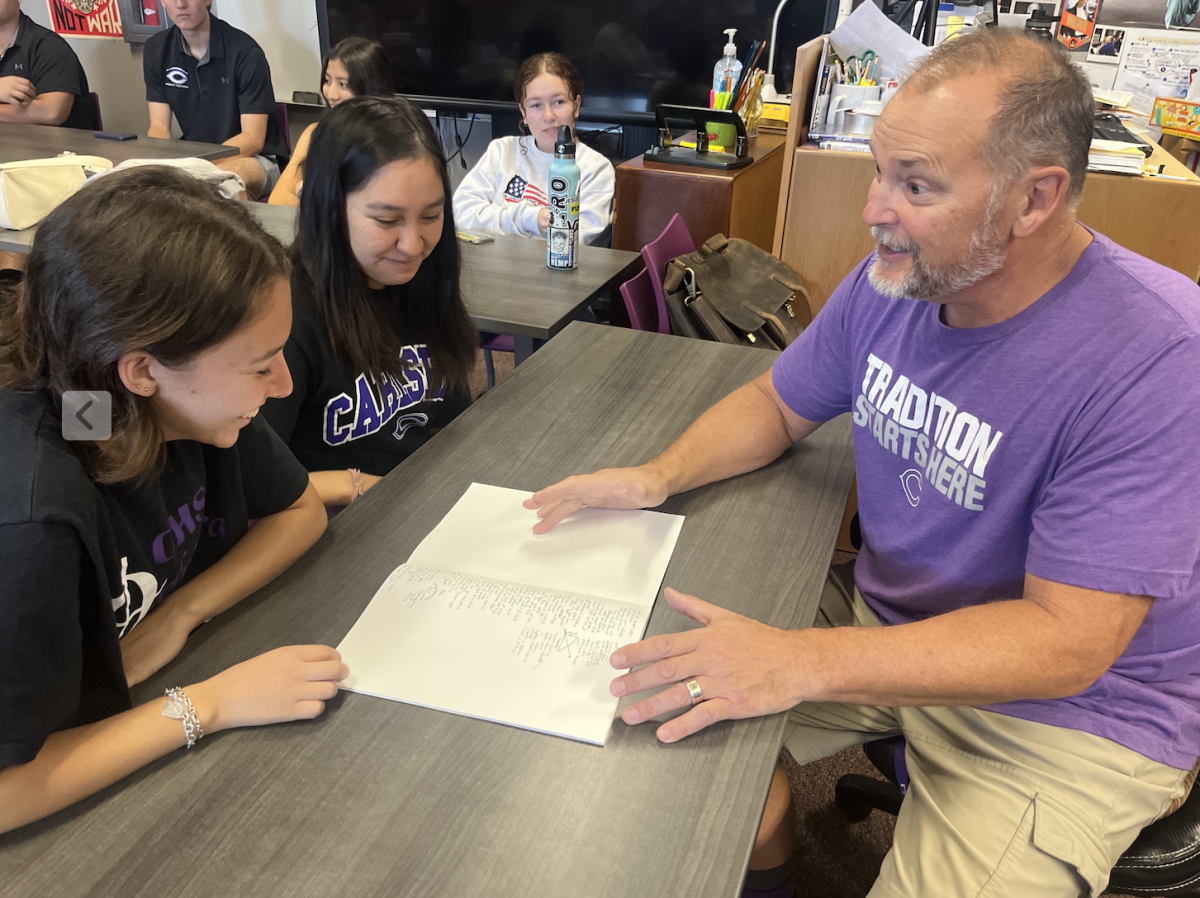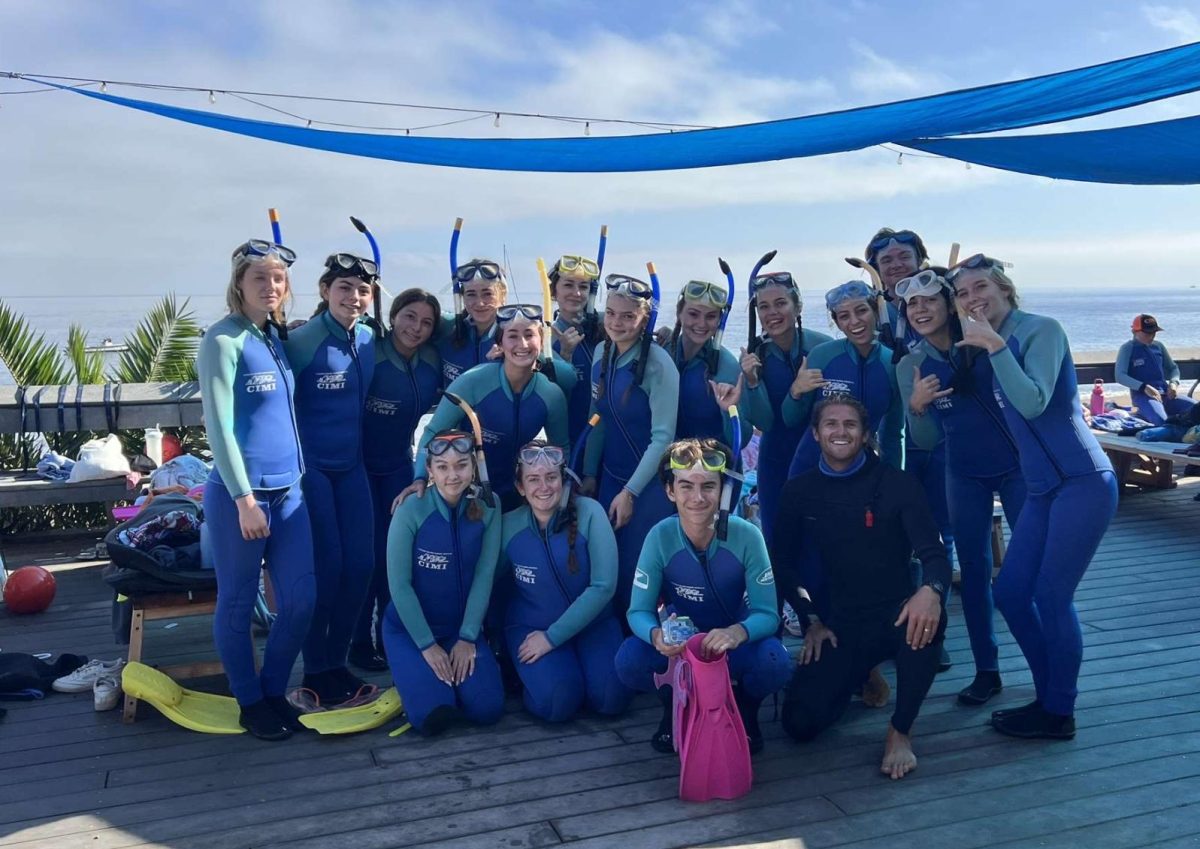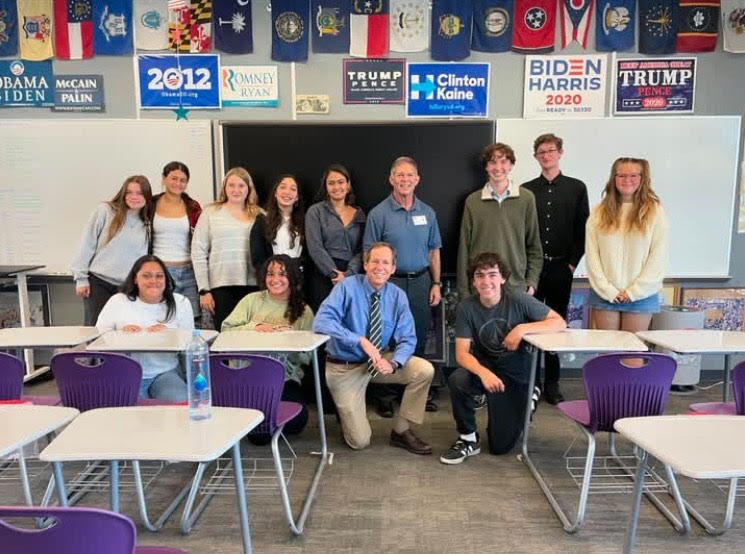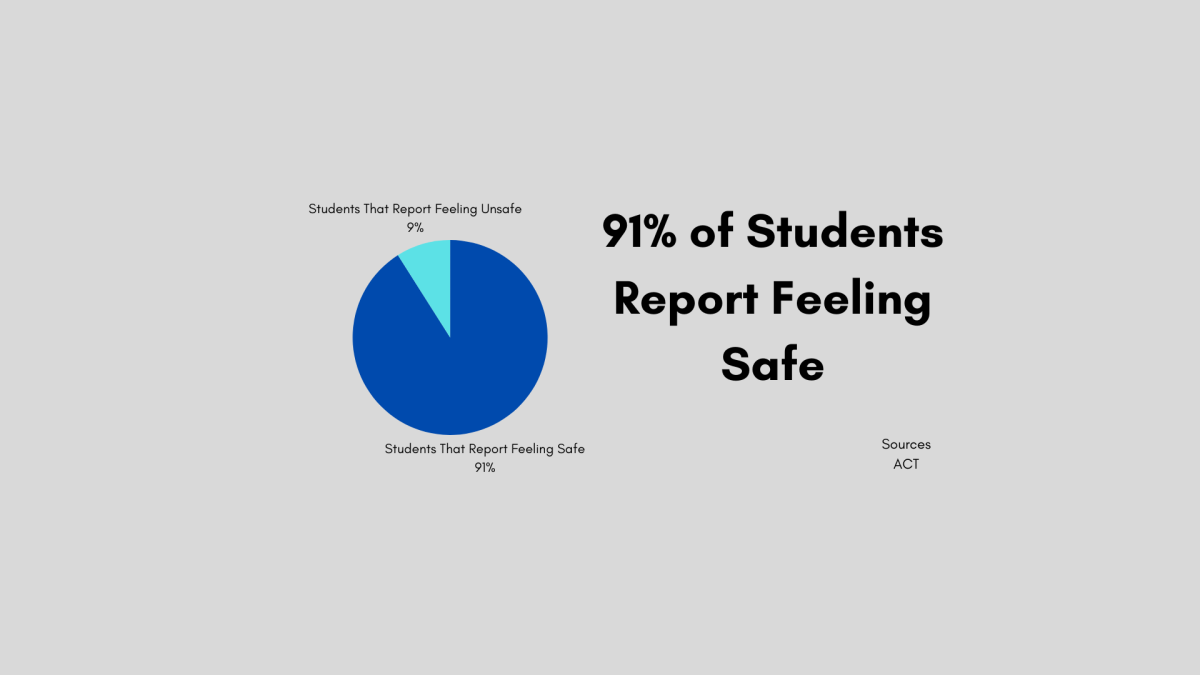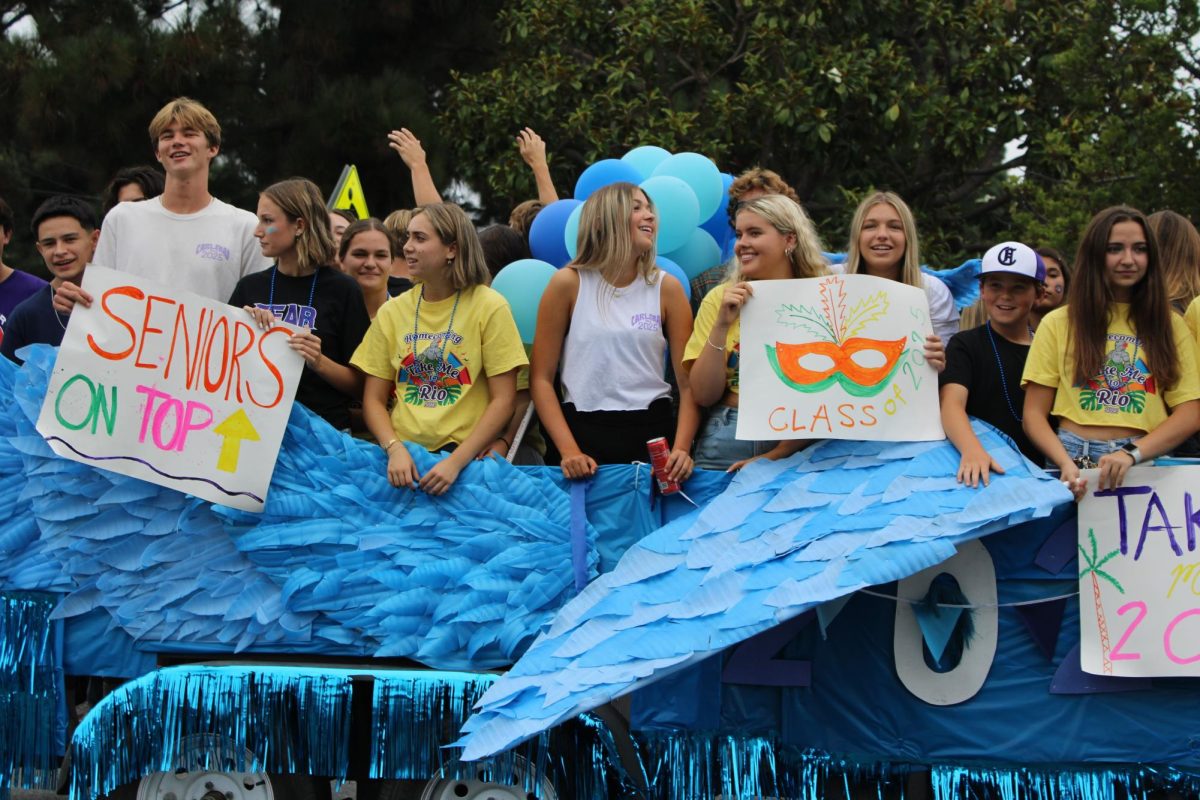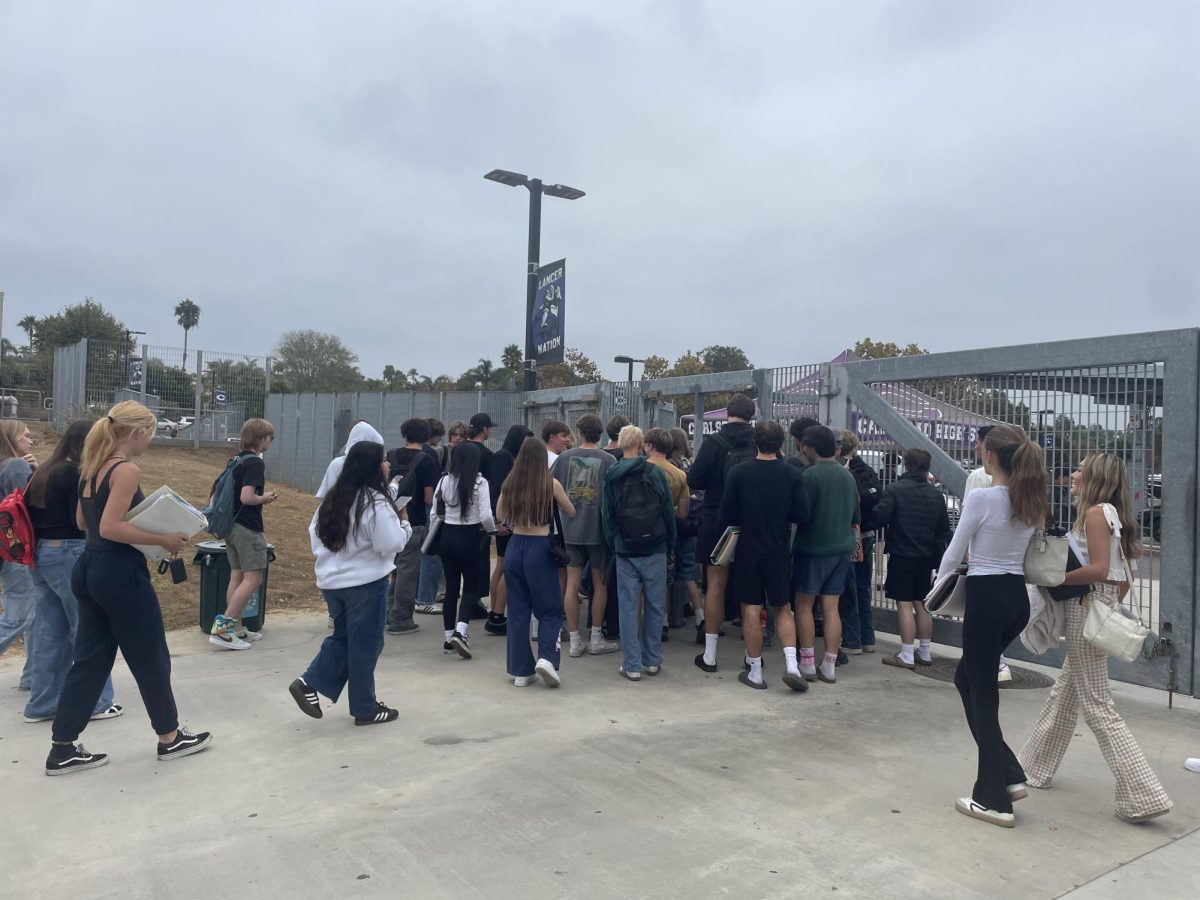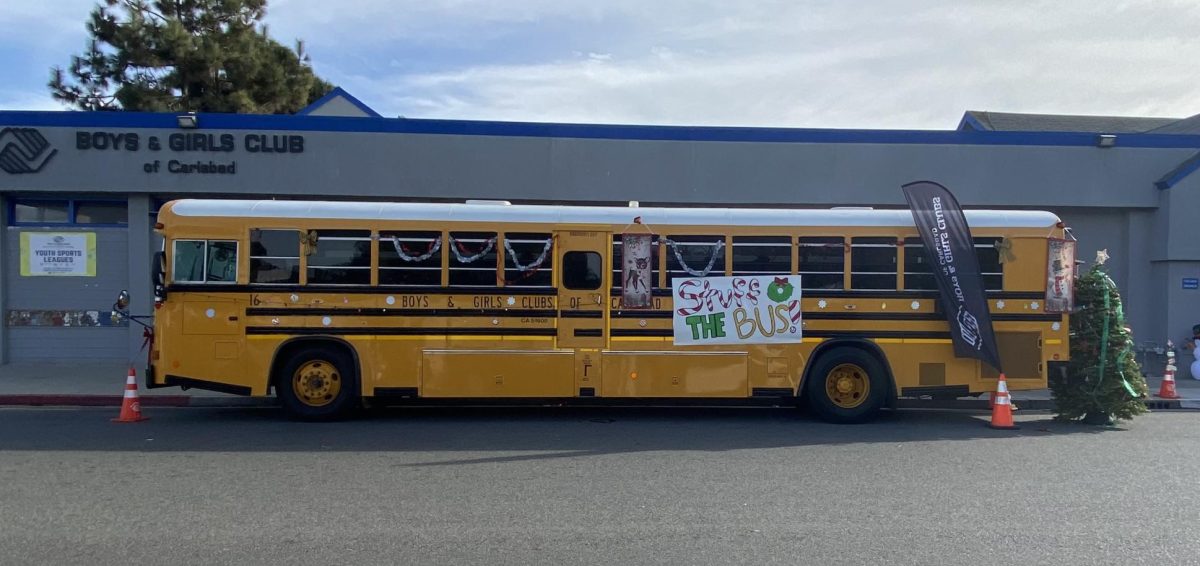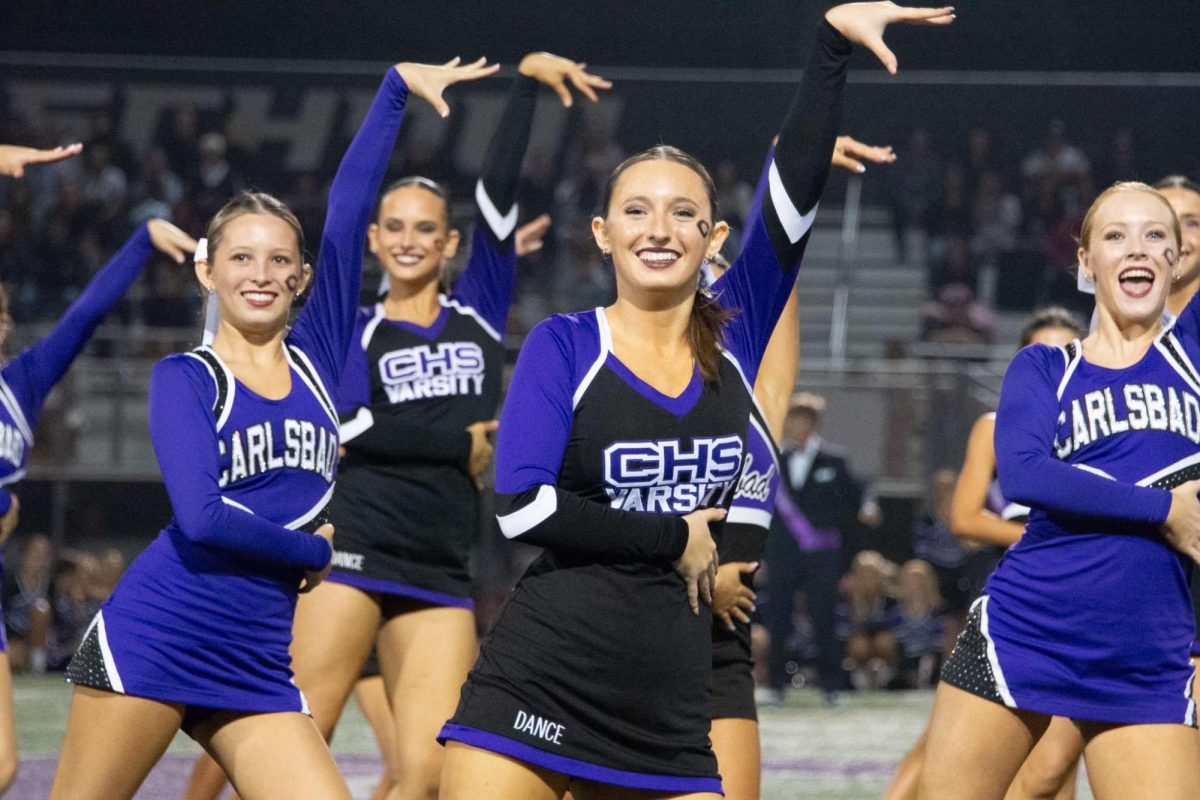Jeffrey Spanier is a dedicated English teacher at CHS with some different teaching methods that make his teaching stand out amongst teachers. He dives into the challenges and benefits of teaching differently than other teachers.
Spanier’s AVID and English 4AP student, senior Javier Garcia, talks about what having an interactive educator means to him.
“[An involved teacher means] reaching out to all the students, asking them if they need any clarifications, and understanding each student’s situation and being able to be flexible,” Garcia said.
English 1H student, freshman Ruby Gaglione, also speaks on the importance of open communication and how Spanier translates that into his teaching. She feels that open communication and converting personal experiences into teachable moments is beneficial.
“[Spanier is] a very open communicator, I feel like he’s more prone to talking about subjects from his own personal experience rather than the curriculum,” Gaglione said. “He’s just a very open teacher and he talks a lot about his experience and references a lot of real-world issues.”
Spanier, although a proud traditionalist in many aspects, steps away from the educational custom of seeking answers and explores an alternate way of learning. He speaks on the contrast between his teaching methods and the methods of other classrooms.
“[My favorite part of teaching] is the most challenging part, and that is to get students to look and think in questions instead of look and think in answers, and that’s a big challenge because it’s different than the way most classes work,” Spanier said. “We have to do a lot of unlearning of the way we’ve been trained as students.”
Spanier’s unorthodox approach to teaching seems to have won over the trust of his students, as Garcia talks about his relationship with Spanier and how Spanier’s methods have been beneficial to him. The bond between teacher and student is significant, especially with involved students like Garcia, who is in the AVID program, a college preparatory elective.
“I’m in [Spanier’s] AVID program, so I guess I’ve built kind of a strong relationship with him, and he’s probably the best teacher I’ve had,” Garcia said. “He has a way of teaching ideas in a way that everyone can understand, and he’s just a role model.”
Although by-the-book teaching can be beneficial in numerous aspects, different and altered teaching methods can play a significant role in the way the students retain information in the classroom. Gaglione shares her opinion on how teaching methods are just as important as curriculum in a classroom.
“It’s just because education differs from student to student, and every student has a different way of grasping concepts and learning,” Gaglione said.
Even though all students have different opinions of what they expect to gain from a class, Spanier understands the challenges a large number of high school students go through when learning about something new. Spanier talks about his personal experience in school and how he incorporates his struggles in school to be beneficial to his students.
“I always needed relevancy, I needed to know why we were doing stuff. Why do we know this works? Why do we know this is worthy to do?” Spanier said. “I think that it’s a way you live your life, and you can hardly ever live your life taking multiple choice tests or filling in blanks, but you live your life trying to understand things and navigate a world of the unknown and make sense of it for yourself.”
Younger students are bound to have simpler discussions rather than the deep, high school debates. The symbolic themes and deep discussions are one of the reasons why Spanier enjoys teaching high school students.
“I did some time with sixth grade and eighth grade and there was nothing I didn’t enjoy about those, but sometimes my sense of humor, sometimes the things that I would want to dig into and discuss wasn’t the appropriate level for it,” Spanier said. “They just weren’t ready for it. I like the level of dialogue and conversation and depth you can get into with a high school class.”
Students and teachers often can grow a close relationship. Garcia talks about how maintaining relationships between the student and teacher is important to him.
“Building trust and being able to have but not passing that line from teachers and students to buddies,” Garcia said. “You want to keep that boundary.”
A good educator can mean different things to different students, and Garcia talks about what a good educator means to him personally. A good teacher can make a significant impact on the way a student retains information in the classroom when learning about the topic.
“[Examples of good traits include] understanding, and being able to see a student for their potential and bring out the best in each one, and give students a chance to try out leadership positions,” Garcia said. “[A good educator] doesn’t see students from the outside, like the way they dress or their race or gender, but as human beings.”
Being open and communicative can also be convenient when in the classroom, for the educator and the student. Gaglione talks about how Spanier’s open nature is helpful for her.
“[Spanier] differs from the other teachers in a way that he’s just a lot more open,” Gaglione said. “For example, when he was talking about Persephone just about five minutes ago, he’s just a very open teacher; he doesn’t hesitate to teach us about unfortunate topics like when we were talking about symbolism, and it’s really helpful.”



